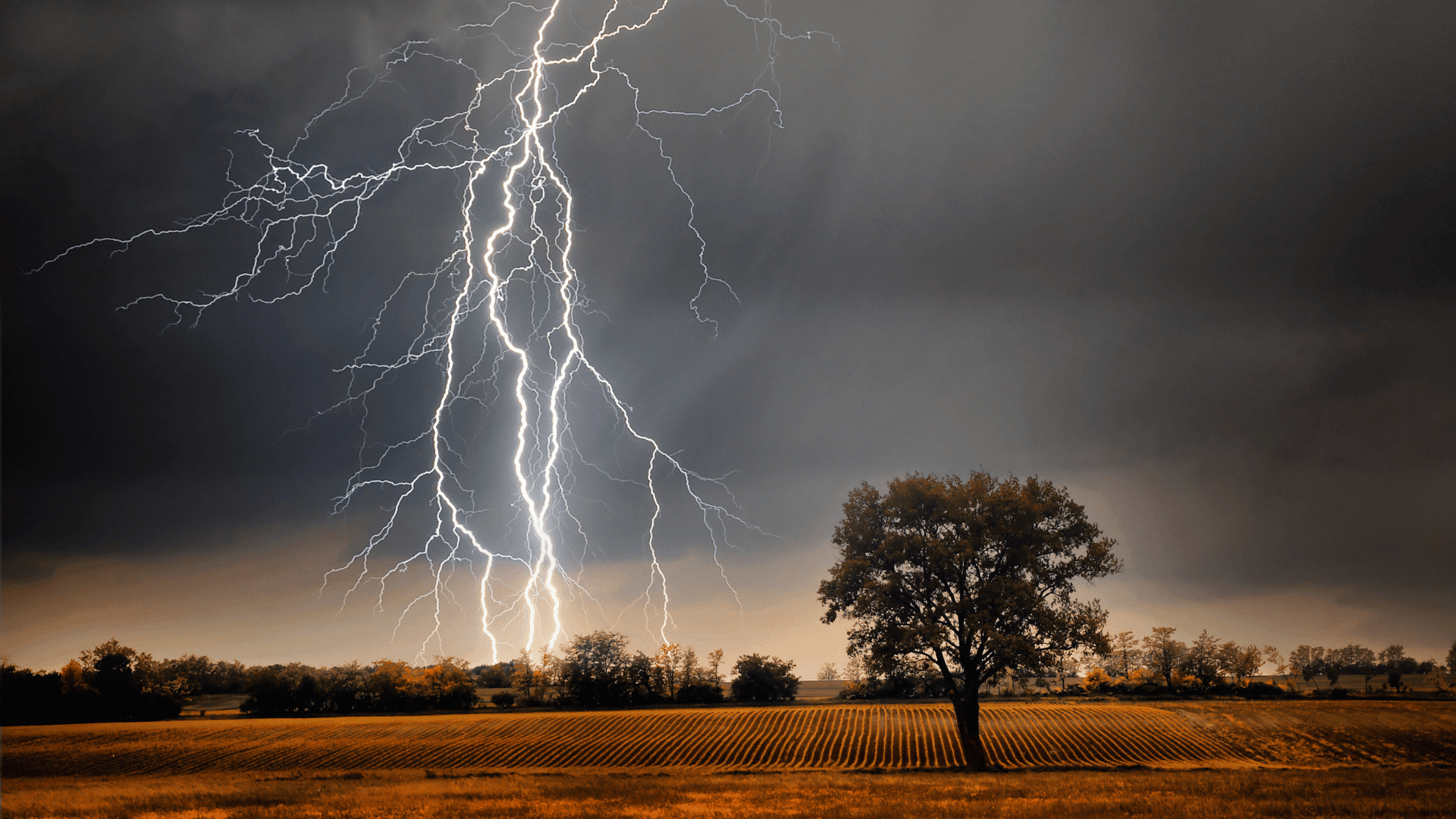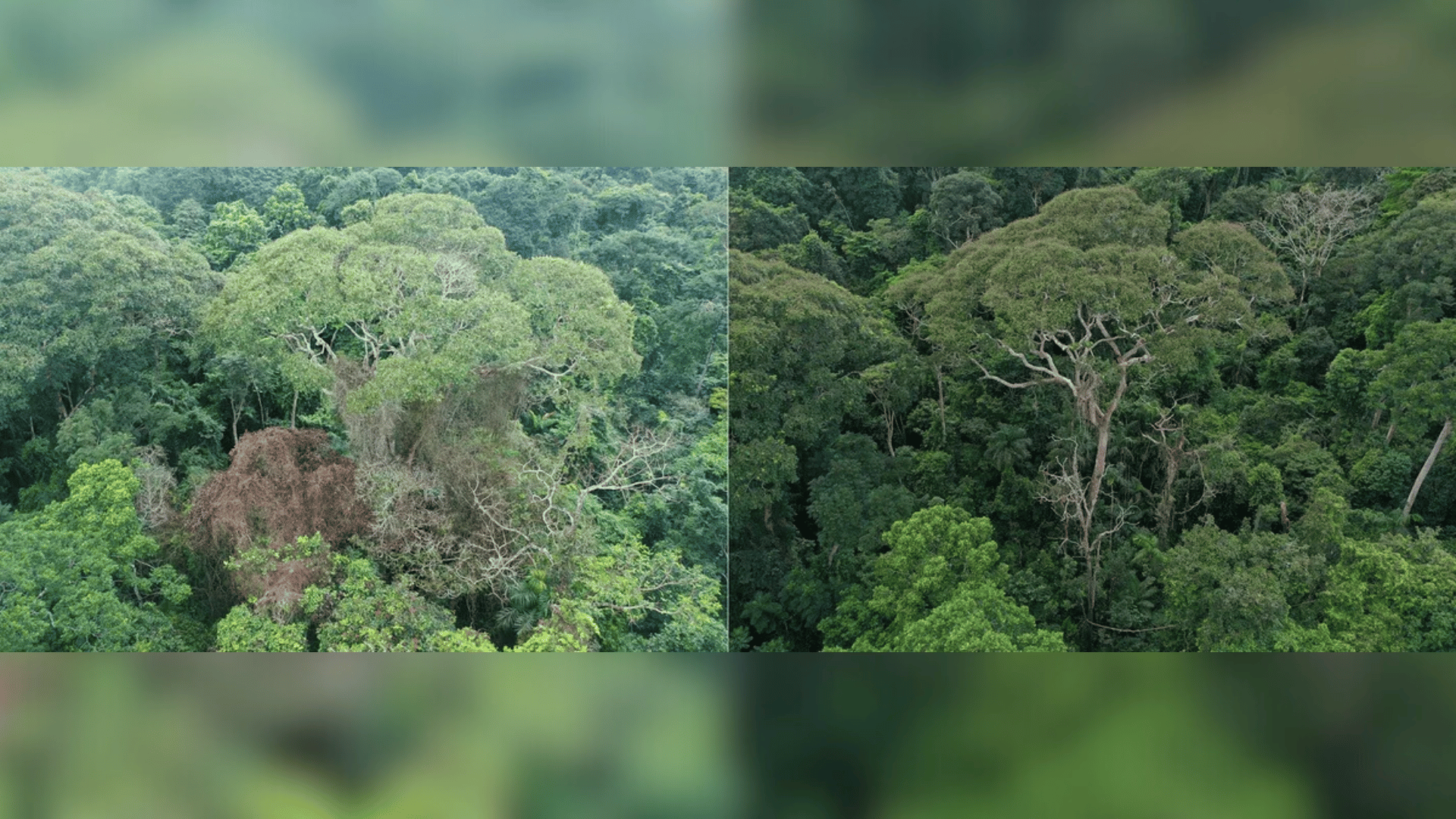Lightning strikes have historically been a disaster for trees, but could trees evolve to benefit from the electric blasts? Researchers discovered that the tonka bean tree (Dipteryx oleifera) has evolved lightning-resistant traits and transfers the electricity from lightning strikes onto the parasitic vines that attach to it.
Shockingly Resilient

According to a paper published in New Phytologist, lightning strikes have been shown to damage neighboring trees that are competing with the tonka bean tree for resources. The tree’s durability is reportedly due to its high internal conductivity, which allows electrical currents to flow through it without any heat buildup.
To reach this conclusion, scientists studied approximately 100 trees struck by lightning in the Barro Colorado Nature Monument, a lowland rainforest in Panama, between 2014 and 2019. The examination showed that, though more than half of the trees struck were killed, 10 strikes of tonka bean trees only led to “negligible” damage, while 78% of lianas that clung to the trees were killed.
Whereas all of the tonka bean trees struck by lightning survived, 64% of the other tree species died within two years. In one particular strike, for example, 57 trees were killed, but a tonka bean tree at the center of that group survived.
Lightning Location System

Researchers behind the study also developed a high-definition lightning location system using custom sensors to track and accurately record the strikes. An antenna array placed throughout Central Panama detected radio waves from lightning strikes.
Combining this with on-the-ground surveys and drone imagery, the team could pinpoint the forest area that was struck and monitor the condition of the trees over time. This enabled them to analyze their energy patterns and compare that research against the four decades of tree plot records previously examined – further proving the tonka bean tree’s resiliency.
“Over those 40 years, there’s a quantifiable, detectable hazard of living next to Dipteryx oleifera. [As a tree], you are substantially more likely to die than living next to any other big old large tree in that forest,” study lead author Evan Gora, a forest ecologist at the Cary Institute of Ecosystem Studies, told Live Science.
The new study is leading scientists to believe that lightning could play an “underappreciated role“, in tree competition and coexistence. Because the tree is so large, growing up to 130 feet tall, a single tonka bean tree greater than 60 cm (23.6 in.) in diameter is estimated to have been struck at least five times by lightning during its lifetime.
Scientists also estimated being struck by lightning could result in a 14-fold increase in lifetime seed production, which gives the species a major reproductive advantage.
Gora and colleagues are currently expanding the research to other forests in Africa and Southeast Asia to see if there are any benefits to other tree species. Though little is currently known in this area of research, studying the positive effects of lightning could reveal how ecosystems will fare in the face of global warming – when stronger storms and lightning strikes could become more pervasive.







